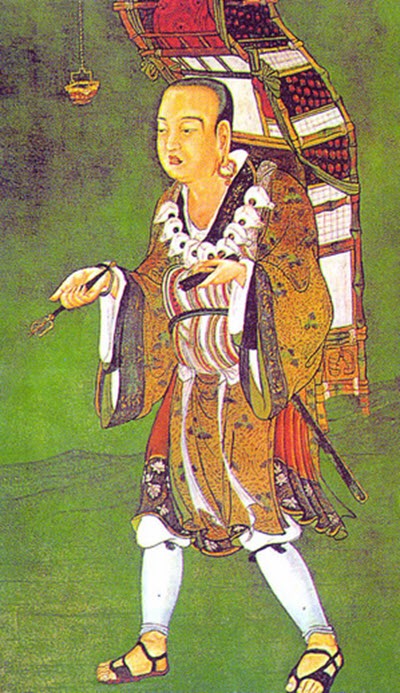This website was created for a Lifelong Learning Collaborative course named "The Silk Roads: Travels with an Ancient Chinese Monk and a Modern Archeologist,” the featured travellers being the Buddhist monk Xuanzang and the archeologist Marc Aurel Stein.
A good place to start the course is to say that Stein and Xuanzang were real, but the “Silk Road” was not. First, there was no road: all that ever existed were a lot of desert tracks and mountain trails travelled by local people, nomads and merchants, and by sheep, goats, horse, camels, donkeys, yaks and other domesticated animals. Second, these trails existed long before silk was a commodity that travelled outside China. And other goods were far more important in silk road history, including: horses, dogs and camels; metals such as gold, silver, bronze and iron; skins and, wool and other fabrics; carpets, jade, ceramics and artistic or military products such as jewelry and weaponry.
The most important products travelling the Silk Roads were cultural — starting with religions and ideas generated by the many cultures between the Mediterranean Sea, and the Pacific and Indian Oceans.
Ideas and cultural artifacts were what prompted the travels of Xuanzang and Stein. In Xuanzang’s case, he journeyed from China to India on a religious and intellectual quest — in order to bring back to his fellow Chinese the original ancient texts of Buddhism. Stein started in India and followed in reverse almost exactly the same routes that Xuanzang had travelled 1,300 years earlier.
This course is meant to tell you about the fascinating travels of our heroes, and about the exotic ancient cultures they encountered, as well as about the dramatic and dangerous conditions they braved in some of the hottest deserts and the highest mountains in the world.
Your host and guide in this adventure is Bob Martin, an amateur history buff who knows only a bit more about Central Asia and China than the average person.

A portrait of Xuanzang (602-664 CE)